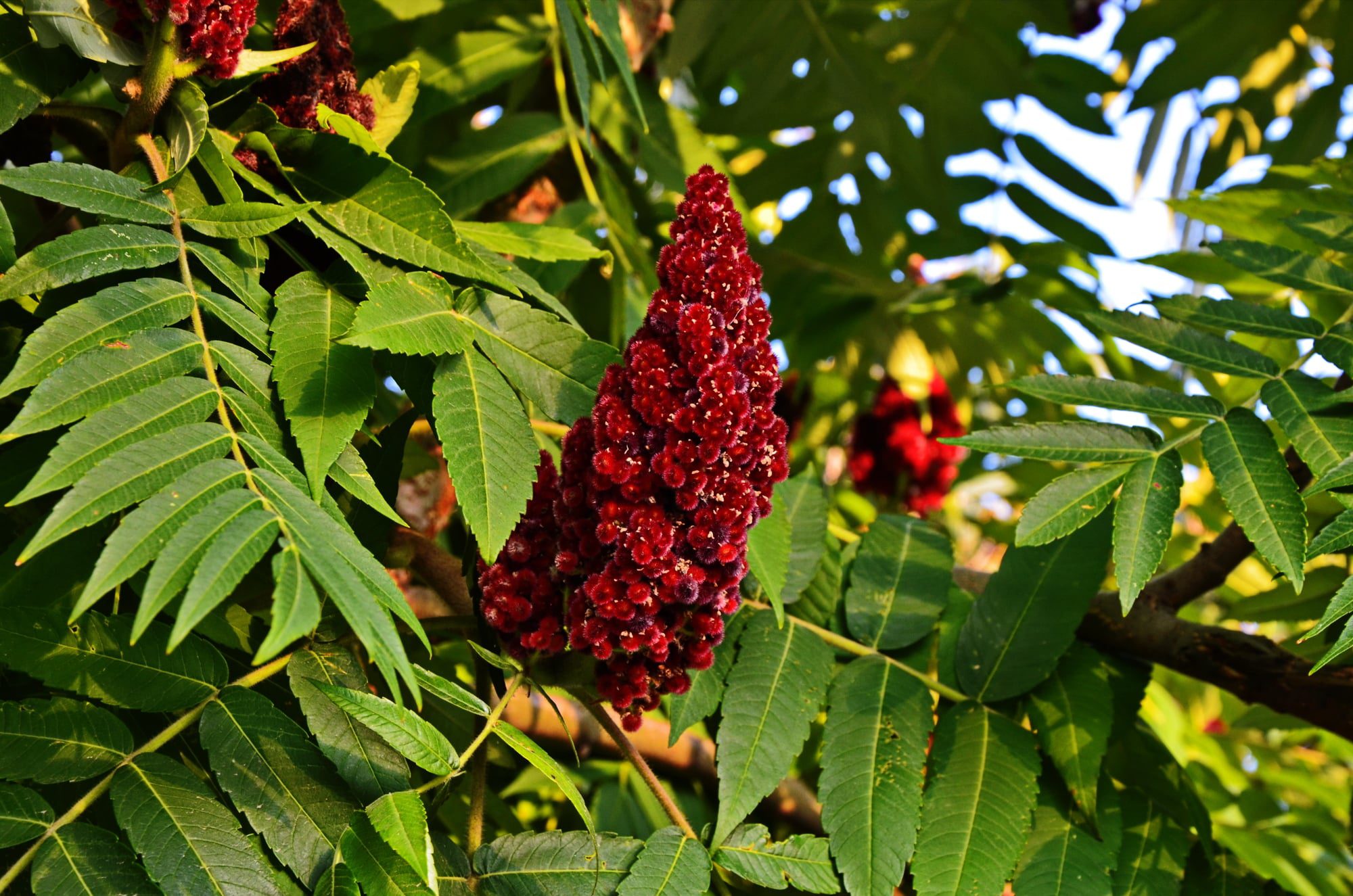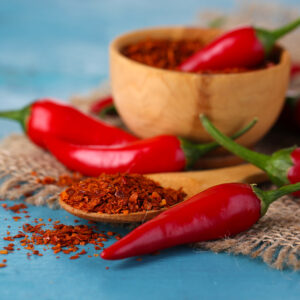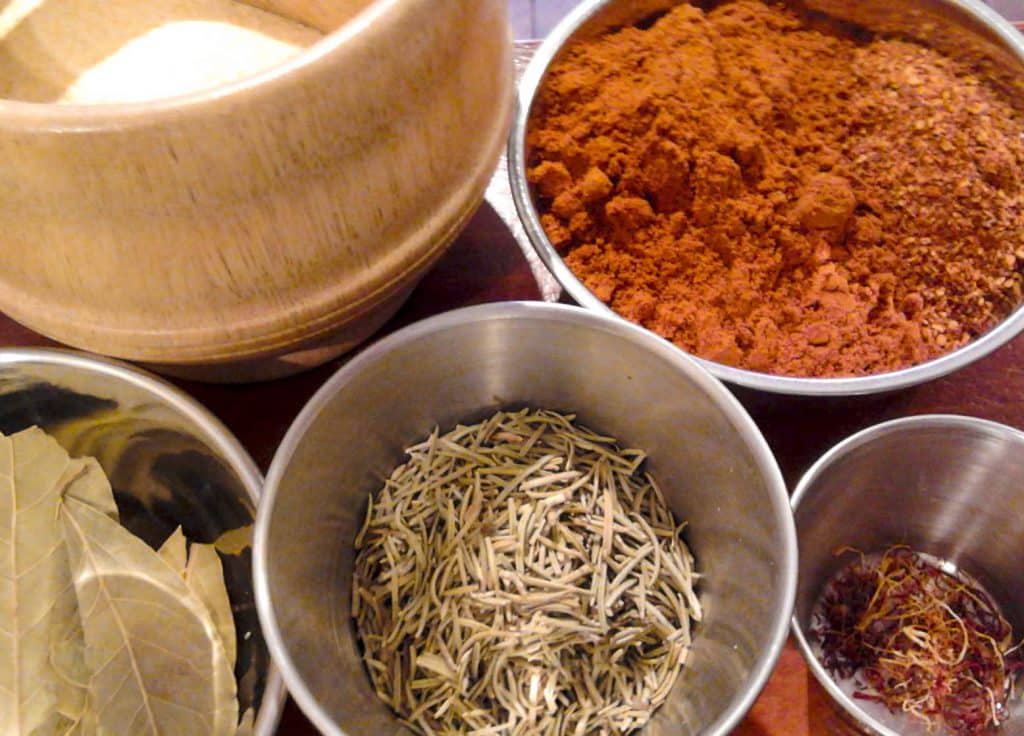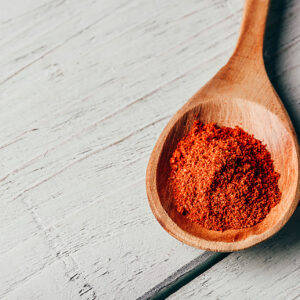Sumac is an exotic berry with a rich history of use in many different countries around the world. It’s most commonly known in several areas of the Middle East where it is said to originate from. There are also reports of it growing in areas of the Mediterranean and even North America. Yet despite that, it’s no cakewalk trying to find sumac in stores and supermarkets. Many people are familiar with the word sumac because of the poisonous shrub that grows. The edible sumac is easily distinguished by its shape and color.
Sumac has a rich culinary history of use in Turkish, Arabic, and Lebanese cuisine. The Roman empire also used and enjoyed sumac for its unique flavors and health benefits for many years. There are even records of the medicinal benefits of it in ancient Greek texts. From spice rubs on meats, to desserts, vegetables, soups, stews, and side dishes, sumac has a wide culinary range. It blends well with sweet and savory dishes to add hints of tartness and citrus.
In most dishes, it works best when used as a small part of a blend rather than as a sole flavoring agent. The slightly sour, tart, and citrus notes compliment flavors such as cilantro, cumin, lemongrass, cardamom, spicy dishes, thyme, saffron, cinnamon, and brown sugar. With sumac, it’s important not to overdo it in quantity. Despite its versatility, the most exciting part of this berry is the multitude of health benefits it offers.
Antioxidant Properties

For starters, sumac berry is a very powerful antioxidant. The word antioxidant is so incredibly overused and abused in the health world. Everything is touted as having these potent benefits that will allow you to ride off into the sunset unperturbed by these damaging free radicals.
When compared to just about any other superfood, berry, herb, and spice, sumac is vastly superior as an antioxidant. In fact, it is often 20,40, to 100 times more potent than other powerful antioxidants. It usually comes in as number 1, or at least top 3 on any ORAC rating (measuring antioxidant capacity) list. Despite all the boasts and claims of most of these mainstream nutrients, this humble, barely known berry tops all of them with ease.
Diabetes
The benefits for of sumac berry for diabetes are quite significant according to research thus far. Several studies found a very big reduction in postprandial spikes in glucose levels. The insulin and glucose spike following a meal is one of the more damaging processes that occur in the body. Especially if meals are filled with unhealthy ingredients. This gives even more incentive to use sumac in cooking.
As we see, sumac can impact diabetes in many important ways such as improving insulin resistance, lowering glucose levels, as well as leptin levels. In many people, this hormone is out of balance and causes overeating. In human clinical testing, several measurements that hold great importance in health such as CRP, malondialdehyde, and insulin levels were positively impacted by sumac.
Cardiovascular Health

A study using a sumac extract improved cholesterol and lipid profiles in obese subjects. The extract cause HDL (protective) cholesterol to increase and LDL to decrease. The same study also saw a decrease in triglyceride levels. One of the main protective benefits is the effect sumac has at decreasing cholesterol from oxidizing and producing “foam cells”. This is when things become more dangerous. Studies show that stable cholesterol on its own isn’t harmful like we once believed.
A second study backed up sumac’s protective effects on the arteries. This study proved that this potent berry can lower a harmful type of cell from forming and migrating into the vascular walls. This cell, called a vascular smooth muscle cell, is an indicator of arterial disease. In addition, sumac shows promise for those suffering with high blood pressure.
Other noteworthy attributes include possible benefits for respiratory disorders, weight loss, infectious pathogens, and even bone loss. Human research is lacking for bone loss, but it still holds excellent potential based on what we know so far. The tart, tangy subtlety coupled with the fantastic health benefits may cause it to be a favorite in your spice cabinet. At Spice Station, we carry two high quality forms of sumac from Turkey and Syria.











